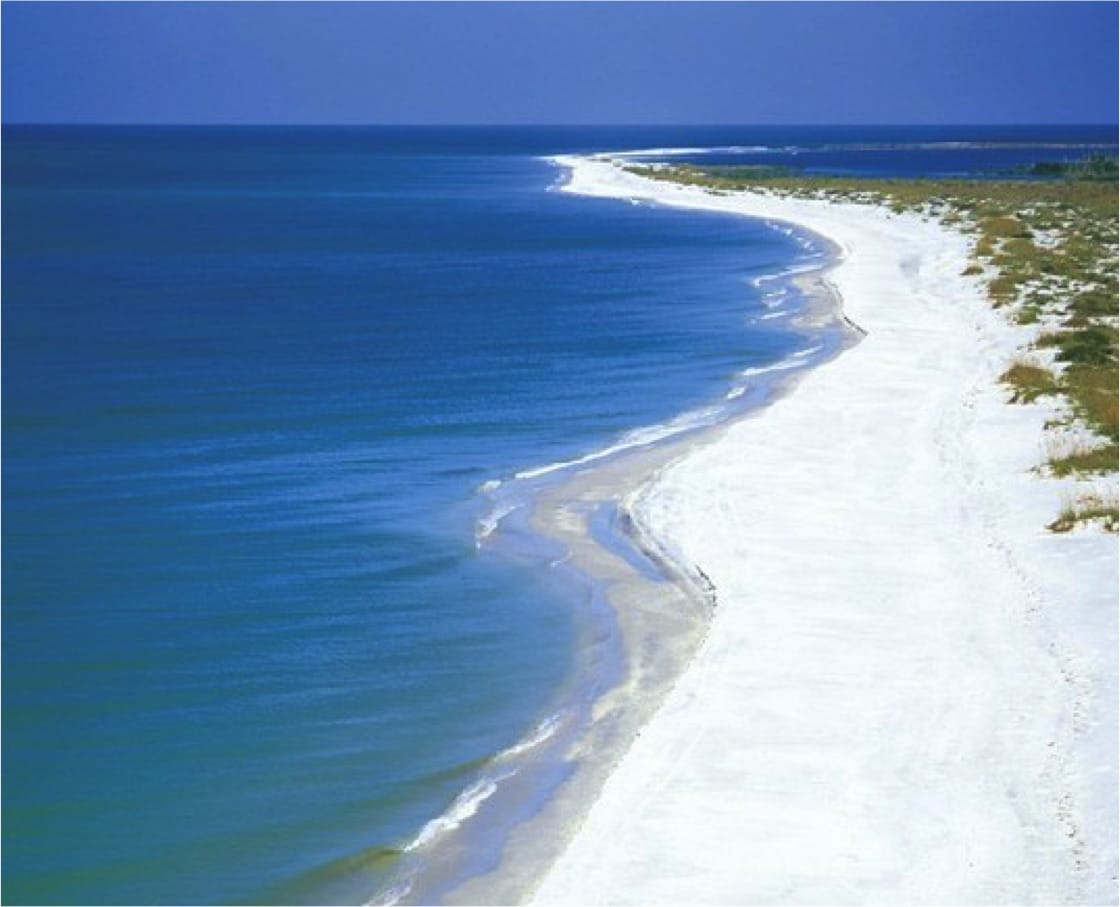
Captiva Cruises’ Cayo Costa Thursday Lecture Series & Shelling
Cayo Costa Thursday Lecture Series: Cruise + Shelling + Education!
News release provided by Cayo Costa State Park & Captiva Cruises.
“The new Captiva Cruises Lecture Series at Cayo Costa State Park will be held on Thursdays at noon February 19 – April 23, 2015, under the “tiki hut” at Cayo Costa State Park.
Captiva Cruises has gathered an interesting group of top experts including naturalists, authors, natural resource professionals and educators who will present on a variety of topics. After the lecture, guests are encouraged to explore the park with nine miles of beautiful beach, acres of pine forests, an abundance and variety of sea shells, more than six miles of biking and hiking trails.
February 19, Dr. Stephen Kress, Birds of Cayo Costa
Dr. Kress is Vice President for Bird Conservation for the National Audubon Society and Director of the Hog Island Audubon Camp. He also teaches courses in ornithology at Cornell University. Kress is a widely respected ornithologist and prolific author; known as “The Puffin Man,” because of his extraordinary success leading Audubon’s Project Puffin in Maine.
February 26, Elliot Sudal, Shark Research and Conservation
Known as the Shark Tagger for the National Oceanic and Atmospheric Administration (NOAA), Sudal will speak on his work with shark conservation and research and has been featured on YouTube, National Geographic, Good Morning America, CNN, Fox and Friends and other media.
March 5, Robert Ballard, Cayo Costa in the 1900s
As a fifth generation Florida native Robert Ballard’s family migrated to Florida in the 1840s. His great-great uncle, William Spearing first bought property on Cayo Costa in the mid 1880s. His grandfather, George Spearing, moved the family onto Cayo Costa in 1927 after years of traveling up and down the Florida coast from Gasparilla Island to Cedar Key; and his mother was born on Cayo Costa and went to school on Punta Blanca before the family moved to Bokeelia in 1941. Robert will discuss his family’s history and island life in the 1900s.
March 12, Cindy Bear, How Shells Reveal a Stunning Past
Along with fish bones, mollusks record clues about people and environments of the past. Archaeologists have unlocked some of these riddles to reveal descriptions of the ancient estuarine environment of Southwest Florida that sustained the Calusa people and their ancestors. Bear will describe some of those clues as well as how shells were used in practical and artistic ways by SW Florida’s earliest known people. Bear, a fifth generation Floridian, led students and teachers on field trip to some of the first excavations undertaken at the Randell Research Center (RRC) on Pine Island. Today she serves as the RRC Coordinator of Programs and Services and oversees land management on the archeological preserve.
March 19, Dr. Jose Leal, Sea Shells of Southwest Florida
Dr. José H. Leal has been with the Bailey – Matthews National Shell Museum on Sanibel Island for nearly 19 years serving as Executive Director and now as Science Director and Curator. His love for shells and sea life goes back to his childhood years in Rio de Janeiro, Brazil. He was a Visiting Professor at the Muséum National d’Histoire Naturelle, in Paris, and Postdoctoral Fellow at the Smithsonian Institution’s National Museum of Natural History. Currently Leal serves as President of Conchologists of America, and editor of The Nautilus, a peer-reviewed scientific journal covering research in malacology, the study of mollusks. Leal will discuss sea shells of Southwest Florida.
March 26, Kristie Anders, Shaping the Island: Tides and Currents
Whether it is shelling, fishing, boating, birding or just enjoying the view of the water, tides and currents affect most of our lives daily. Grains of sand of lifted from their place and swirl with the currents, shaping and reshaping our beaches daily. Sometimes there are small cliffs and other times gentle dunes. Sand never rests and our islands always move. Anders, has been the Education Director at the Sanibel-Captiva Conservation Foundation for more than 25 years and will present an introduction on how water behaves as the earth spins, the moon orbits and the winds blow.”
For more information, please see calendar.